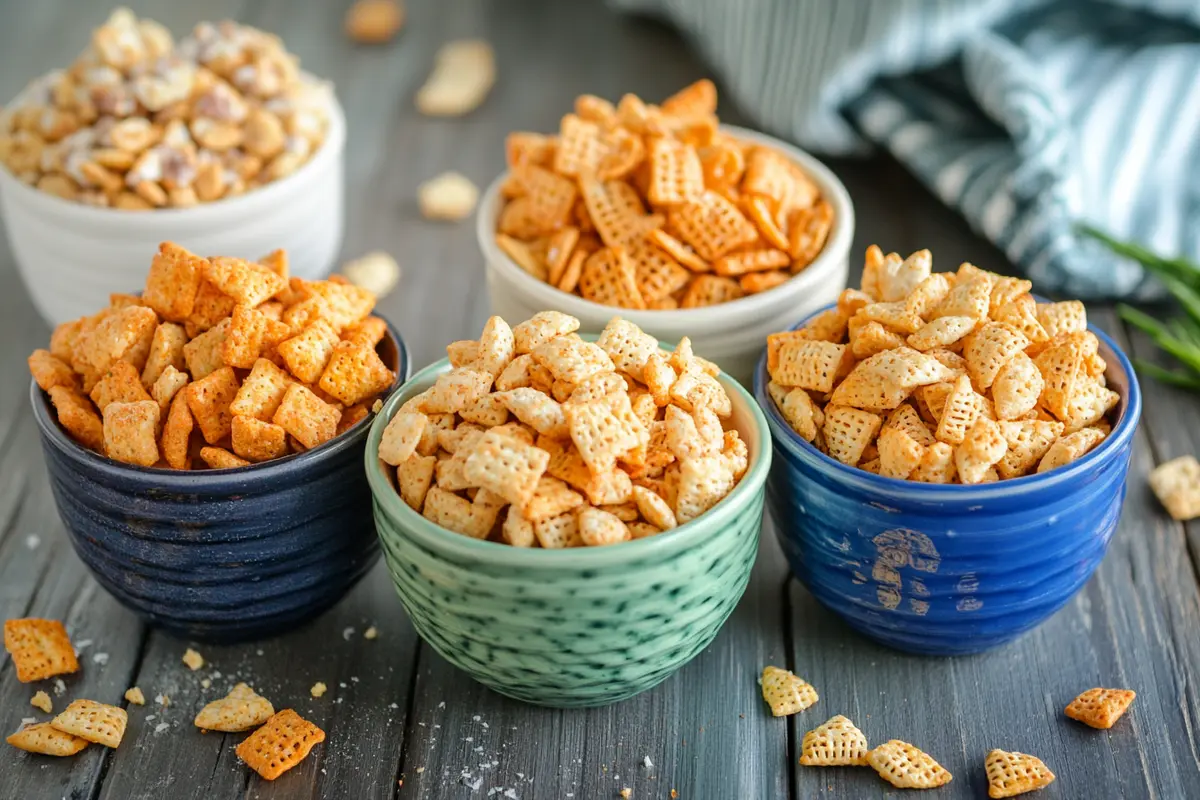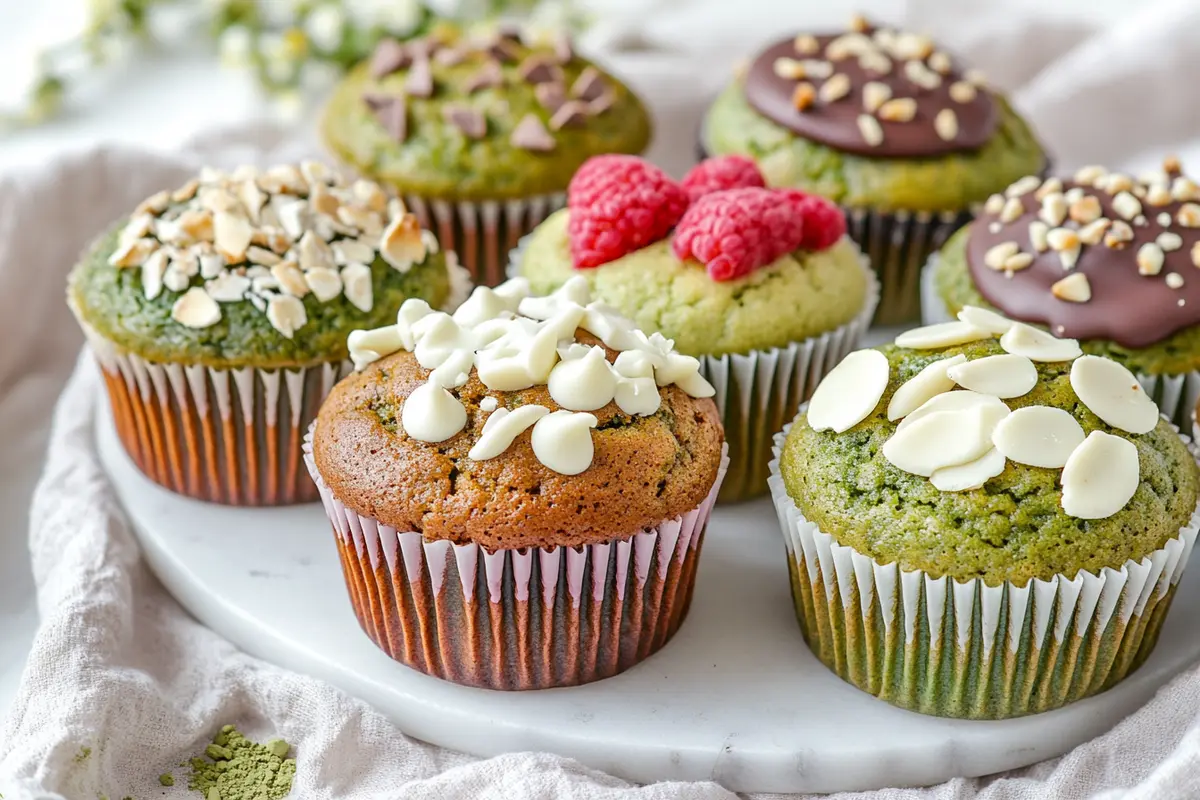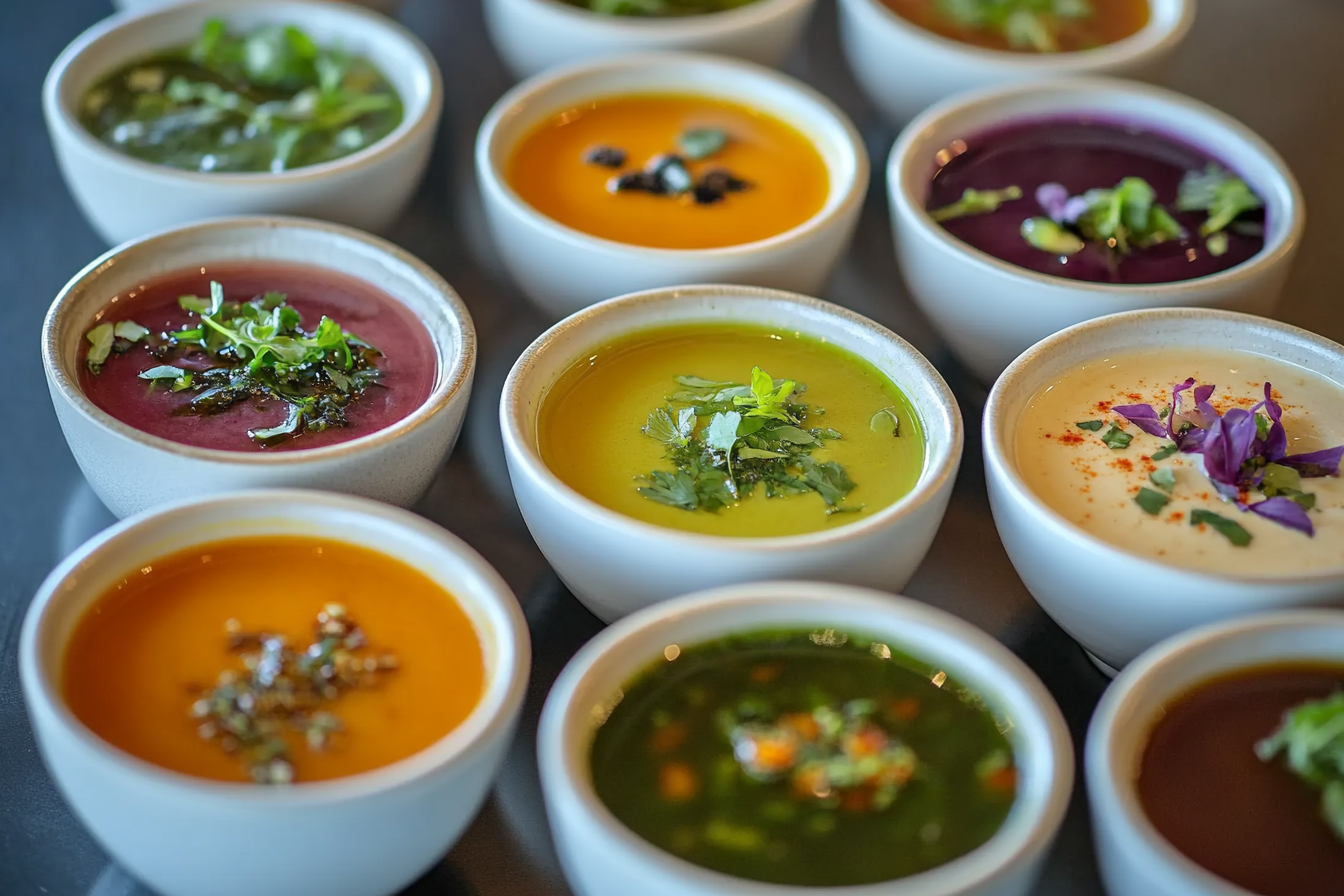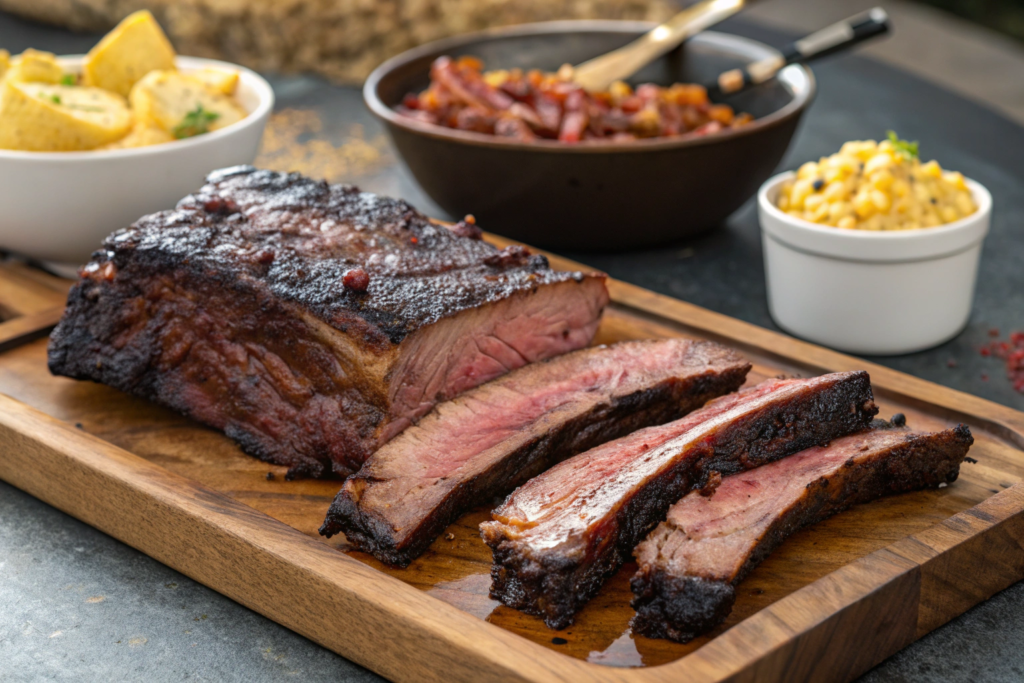
If you’re craving meat with serious flavor and a primal edge, smoked beef ribs are your answer. Known for their massive size, deep beefy richness, and juicy tenderness, beef ribs are the king of the smoker pit. They take time, patience, and a good smoke setup—but the reward is a slab of ribs that practically melt off the bone with smoky, savory perfection.
In this detailed guide, you’ll learn everything you need to know about choosing the right ribs, creating an ideal rub, setting up your smoker, and smoking low and slow for the best results.
🦴 Types of Beef Ribs: What to Choose
Before you get cooking, it’s crucial to understand the types of beef ribs available:
- Beef Plate Ribs (Dino Ribs): Large, meaty, and flavorful. These are the king of BBQ beef ribs and typically come in 3-bone slabs.
- Beef Back Ribs: Less meaty, often leftover from ribeye cuts. Still tasty but require more attention.
- Chuck Short Ribs: Often meatier than back ribs and great for smoking if you can’t find plate ribs.
For best results, go for plate short ribs—thick, rich, and made for smoking.
🛒 Ingredients You’ll Need
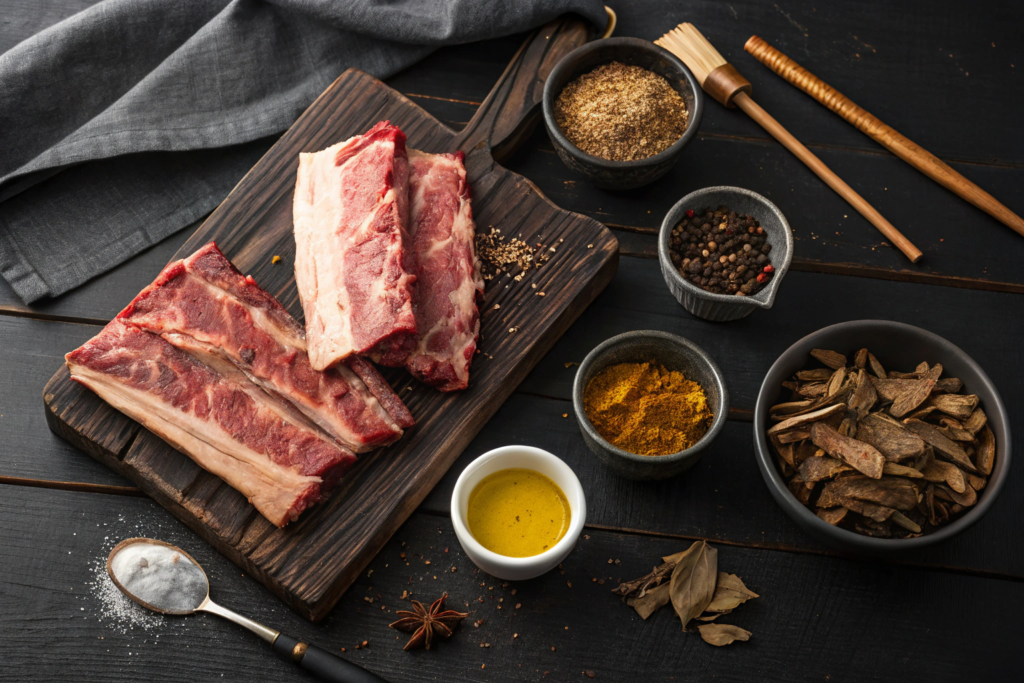
Here’s what you’ll need for your smoked beef rib adventure:
Main:
- 1 rack of beef plate ribs (3–4 bones, ~5-6 lbs)
- Yellow mustard or olive oil (binder)
Dry Rub (or use your favorite beef BBQ rub):
- 2 tbsp coarse kosher salt
- 2 tbsp coarse black pepper
- 1 tbsp paprika
- 1 tbsp garlic powder
- 1 tsp onion powder
- Optional: 1 tsp chili powder or cayenne for heat
Equipment:
- Smoker (offset, pellet, or kamado-style)
- Wood (oak is traditional; mesquite, hickory, or cherry also work)
- Meat thermometer
- Aluminum foil or butcher paper (for wrapping, optional)
🔥 How to Smoke Beef Ribs Like a Pitmaster
1. Prep the Ribs
Trim any excess fat and silver skin from the surface. Leave the thick fat cap on the top if present. Some prefer to remove the membrane on the bone side, but it’s optional for beef ribs.
Apply a thin coat of yellow mustard or oil as a binder, then coat thoroughly with your rub. Don’t be shy—beef ribs can handle bold seasoning.
2. Fire Up Your Smoker
Preheat your smoker to 250°F (121°C). Oak wood is traditional for Texas-style beef ribs due to its strong smoke flavor that complements the richness of the meat.
Place the ribs bone-side down on the grates. Insert a meat thermometer into the thickest part of the meat (not touching bone).
3. Smoke Low and Slow
Smoke the ribs unwrapped for 4 to 6 hours, depending on size. Spritz with apple cider vinegar or water every hour after the first 2 hours to keep the bark from drying out.
When the internal temperature hits 165–175°F (74–79°C) and the bark is nicely set, you can choose to wrap the ribs in butcher paper or foil. This helps push them through the “stall” and keeps moisture in.
4. Finish and Rest
Continue smoking until the ribs reach 200–205°F (93–96°C) and probe like butter. This is when the connective tissue has broken down for that perfect, melt-in-your-mouth tenderness.
Remove and let them rest, wrapped, in a cooler or warm oven for at least 30–60 minutes before slicing.
🍽️ Serving Suggestions
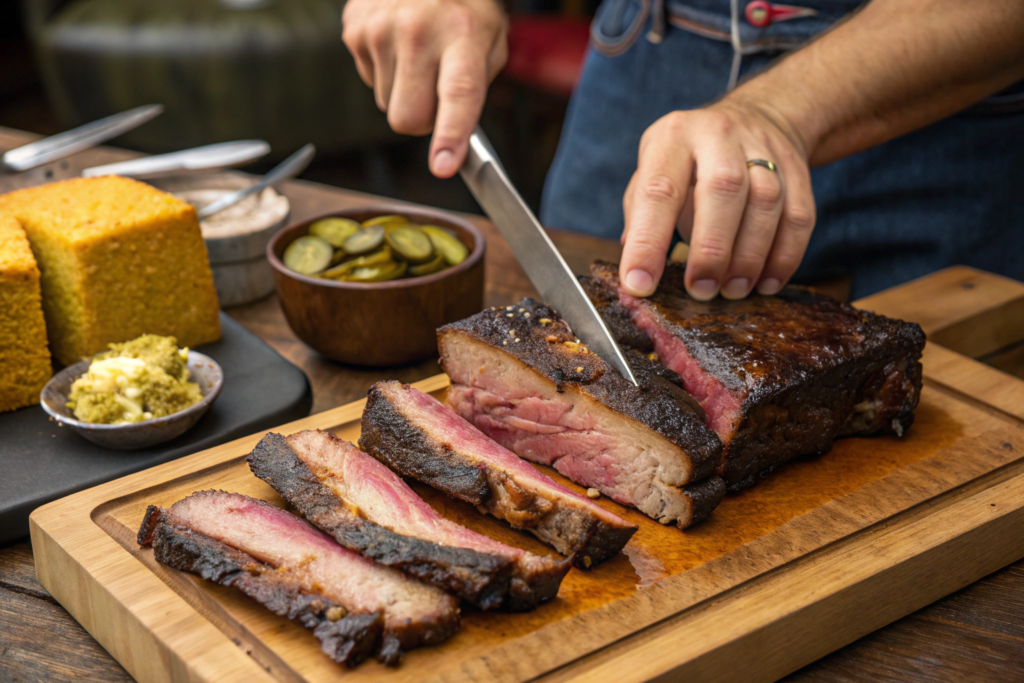
Beef ribs are rich and meaty—pair them with contrasting sides:
- Tangy coleslaw
- Pickled red onions
- Jalapeño cornbread
- Mac and cheese
- Grilled vegetables
- Potato salad
Serve them sliced between the bones with a sprinkle of flaky salt and a splash of your favorite BBQ sauce (optional—they really don’t need it!).
📦 Storing and Reheating
Storing:
Wrap tightly in foil or place in an airtight container. Keep in the fridge for up to 4 days.
Reheating:
- Oven: Wrap in foil and warm at 275°F (135°C) until heated through (~30 mins).
- Sous Vide: Ideal for preserving moisture. Reheat at 140°F for 1 hour.
- Grill or Air Fryer: Best for restoring bark texture.
🌶️ Flavor Variations
Want to add a twist? Here are a few smoked beef rib flavor ideas:
- Texas Classic: Just salt and pepper for pure beef flavor.
- Spicy Chipotle: Add chipotle powder and cumin to your rub.
- Asian Fusion: Glaze with hoisin, soy sauce, and garlic in the final hour.
- Sweet & Savory: Brown sugar, espresso powder, and a hint of cinnamon for a BBQ-dessert hybrid.
🧠 Pro Tips for Success
- Don’t rush: Low and slow is key to tender results.
- Temp > Time: Always go by internal temp and feel, not the clock.
- Let the bark form: Wrapping too early can ruin your crust.
- Resting is crucial: Resting allows juices to redistribute and meat to relax.
🔁 Smoked Beef Ribs vs. Pork Ribs
| Feature | Beef Ribs | Pork Ribs |
|---|---|---|
| Flavor | Bold, meaty, rich | Sweet, tangy, smoky |
| Size | Large, 1 rib = 1 serving | Smaller, multiple per person |
| Texture | Dense, hearty | Tender, sometimes fall-off |
| Cooking Time | Longer (6–8 hours) | Shorter (4–6 hours) |
| Smoke Pairing Wood | Oak, mesquite | Apple, cherry, hickory |
🏁 Final Thoughts
If brisket is the king of Texas BBQ, then smoked beef ribs are its heavy-hitting cousin—bold, juicy, and unforgettable. With the right technique and some patience, you’ll end up with ribs that rival any top-tier smokehouse.
Perfect for special occasions or impressing a crowd, smoked beef ribs are more than just a recipe—they’re a full-on BBQ experience. Fire up your smoker and give these ribs the royal treatment they deserve.

